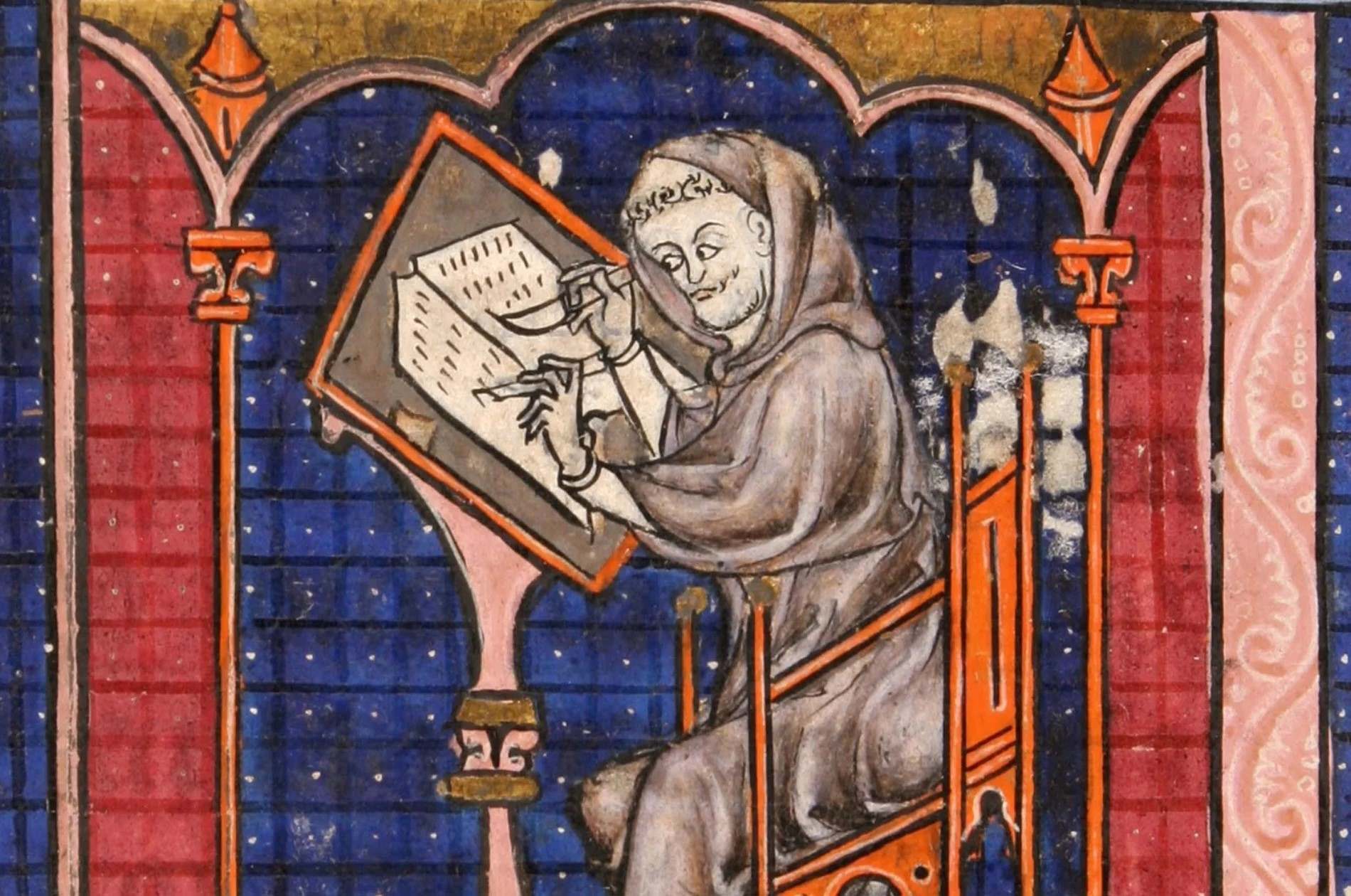
Medieval manuscripts are more than just old books; they are windows into the past. These hand-written texts, often adorned with intricate illustrations, offer a glimpse into the lives, beliefs, and knowledge of people from centuries ago. Did you know that some manuscripts took years to complete? Monks and scribes painstakingly copied texts by hand, often working in dimly lit rooms. The materials used, like parchment made from animal skins, were as fascinating as the content itself. Why were these manuscripts so important? They preserved religious texts, scientific knowledge, and even the earliest forms of literature. Today, they are treasured artifacts, providing invaluable insights into medieval society. Dive into these 37 intriguing facts about medieval manuscripts and uncover the secrets of these ancient treasures!
Key Takeaways:
- Medieval manuscripts were handcrafted with care and patience, featuring religious, scientific, and literary texts. They survived fire, water, and insects, and continue to inspire modern art and typography.
- Monasteries were the hubs of manuscript production, where scribes, rubricators, and illustrators worked diligently. Their preservation and digitalization today ensure their legacy lives on for future generations.
The Origins of Medieval Manuscripts
Medieval manuscripts are fascinating relics from a time when books were painstakingly crafted by hand. Let's dive into some intriguing facts about these ancient texts.
- Medieval manuscripts date back to the 5th century and were produced until the 15th century.
- Monasteries were the primary centers for manuscript production, where monks meticulously copied texts.
- Parchment, made from animal skins, was the most common material used for pages.
- Illuminated manuscripts feature elaborate decorations, often using gold and silver leaf.
The Craftsmanship Behind Manuscripts
Creating a medieval manuscript was an art form that required skill and patience. Here are some details about the process.
- Scribes were responsible for writing the text, using quills and ink made from natural materials.
- Rubricators added red text to highlight important sections or titles.
- Illustrators created detailed images and borders, often depicting religious scenes.
- Binders assembled the pages and covered them with leather or wooden boards.
The Content of Medieval Manuscripts
Manuscripts contained a wide range of content, reflecting the interests and knowledge of the time.
- Religious texts were the most common, including Bibles, prayer books, and psalters.
- Scientific works covered topics like astronomy, medicine, and mathematics.
- Literary texts included epic poems, romances, and historical chronicles.
- Legal documents recorded laws, charters, and contracts.
The Language and Scripts Used
The language and scripts used in medieval manuscripts varied depending on the region and period.
- Latin was the dominant language for scholarly and religious texts.
- Vernacular languages like Old English, Old French, and Middle High German appeared in later manuscripts.
- Gothic script became popular in the 12th century, characterized by its angular and dense letters.
- Carolingian minuscule was an earlier script, known for its clarity and readability.
Preservation and Survival
Many medieval manuscripts have survived the centuries, but their preservation was not always guaranteed.
- Fire and water were significant threats, often destroying entire collections.
- Bookworms and other insects could damage the parchment and bindings.
- Libraries and private collectors played crucial roles in preserving these texts.
- Digitalization projects today help protect and share manuscripts with a global audience.
Famous Medieval Manuscripts
Some manuscripts have gained fame for their beauty, historical significance, or unique content.
- The Book of Kells is an illuminated manuscript Gospel book in Latin, created around 800 AD.
- The Codex Gigas, also known as the Devil's Bible, is the largest extant medieval manuscript.
- The Lindisfarne Gospels are richly decorated and date back to the early 8th century.
- The Voynich Manuscript remains undeciphered and is famous for its mysterious content.
Manuscripts and Their Makers
The individuals who created these manuscripts often remain anonymous, but their work speaks volumes.
- Eadfrith of Lindisfarne is believed to have created the Lindisfarne Gospels.
- The scriptorium was the room in a monastery where manuscripts were copied.
- Women also contributed, particularly in convents where nuns produced manuscripts.
- Patrons often commissioned manuscripts, sometimes including their portraits in the margins.
Manuscripts in Modern Times
Medieval manuscripts continue to captivate scholars and the public alike.
- Museums and libraries around the world house significant collections of manuscripts.
- Facsimiles allow people to study and appreciate manuscripts without handling the fragile originals.
- Manuscript studies is an academic field dedicated to the research and preservation of these texts.
- Exhibitions often showcase manuscripts, drawing attention to their historical and artistic value.
The Art of Manuscript Decoration
The decoration of manuscripts was a highly skilled craft, involving various techniques and materials.
- Gold leaf was applied to create shimmering highlights in illuminated manuscripts.
- Pigments were made from minerals, plants, and insects to produce vibrant colors.
- Marginalia refers to the notes and drawings found in the margins of manuscripts.
- Historiated initials are large, decorated letters that often contain miniature scenes.
The Legacy of Medieval Manuscripts
The influence of medieval manuscripts extends beyond their historical period, impacting modern culture and scholarship.
- Typography owes much to the scripts developed in medieval manuscripts, influencing modern fonts and typefaces.
Medieval Manuscripts: A Glimpse into the Past
Medieval manuscripts offer a fascinating window into history. These handwritten treasures reveal much about the culture, religion, and daily life of the Middle Ages. From the intricate illuminations to the parchment made from animal skins, each manuscript tells a unique story. The labor-intensive process of creating these works involved scribes, artists, and binders, making each piece a collaborative effort. Monasteries played a crucial role in preserving knowledge by copying texts, ensuring their survival through centuries. Today, these manuscripts are invaluable resources for historians and scholars, providing insights into a world long gone. Whether you're a history buff or just curious, exploring medieval manuscripts can be a rewarding journey into the past. So next time you see one in a museum or library, take a moment to appreciate the craftsmanship and history behind it.
Frequently Asked Questions
Was this page helpful?
Our commitment to delivering trustworthy and engaging content is at the heart of what we do. Each fact on our site is contributed by real users like you, bringing a wealth of diverse insights and information. To ensure the highest standards of accuracy and reliability, our dedicated editors meticulously review each submission. This process guarantees that the facts we share are not only fascinating but also credible. Trust in our commitment to quality and authenticity as you explore and learn with us.


